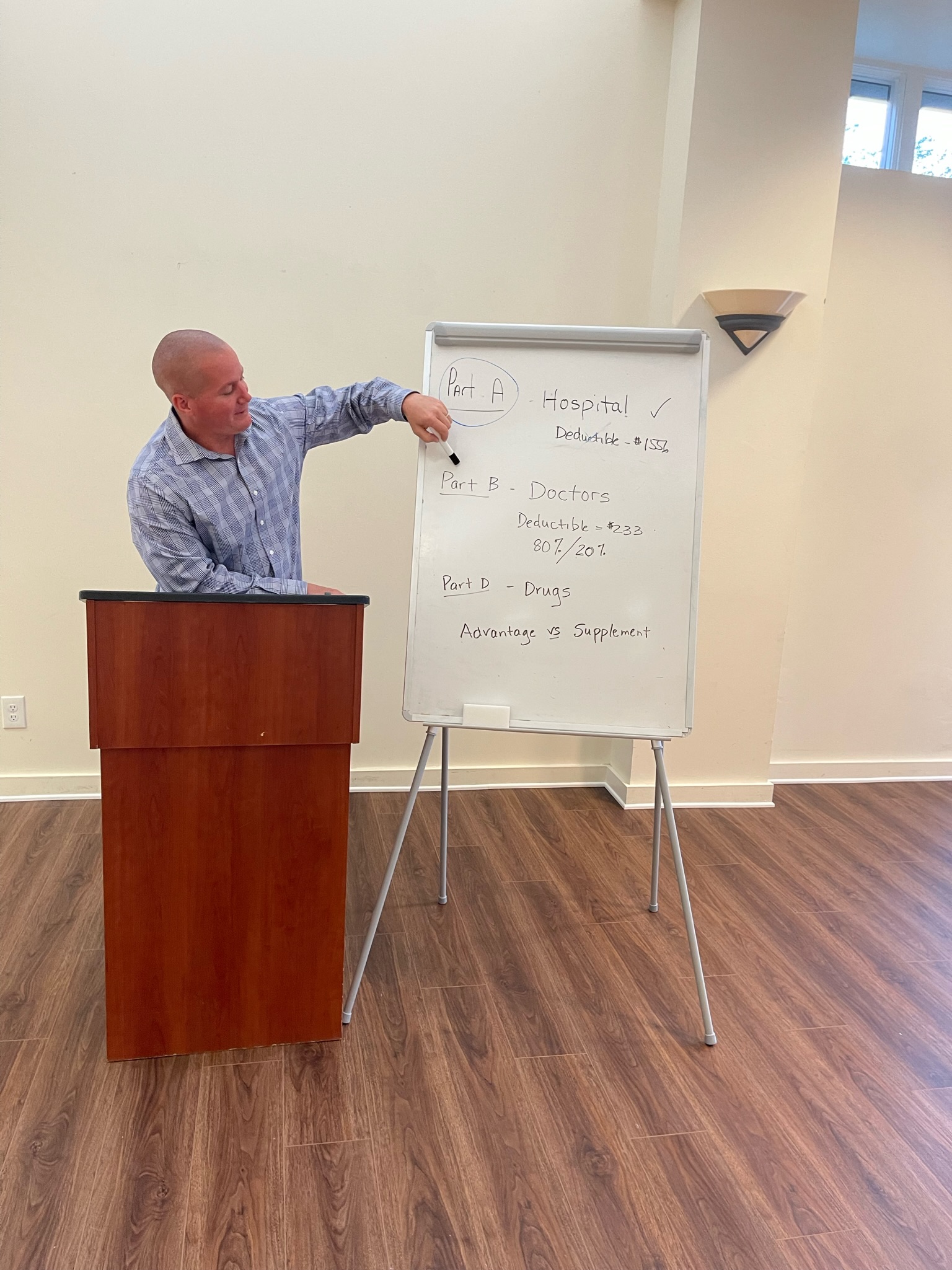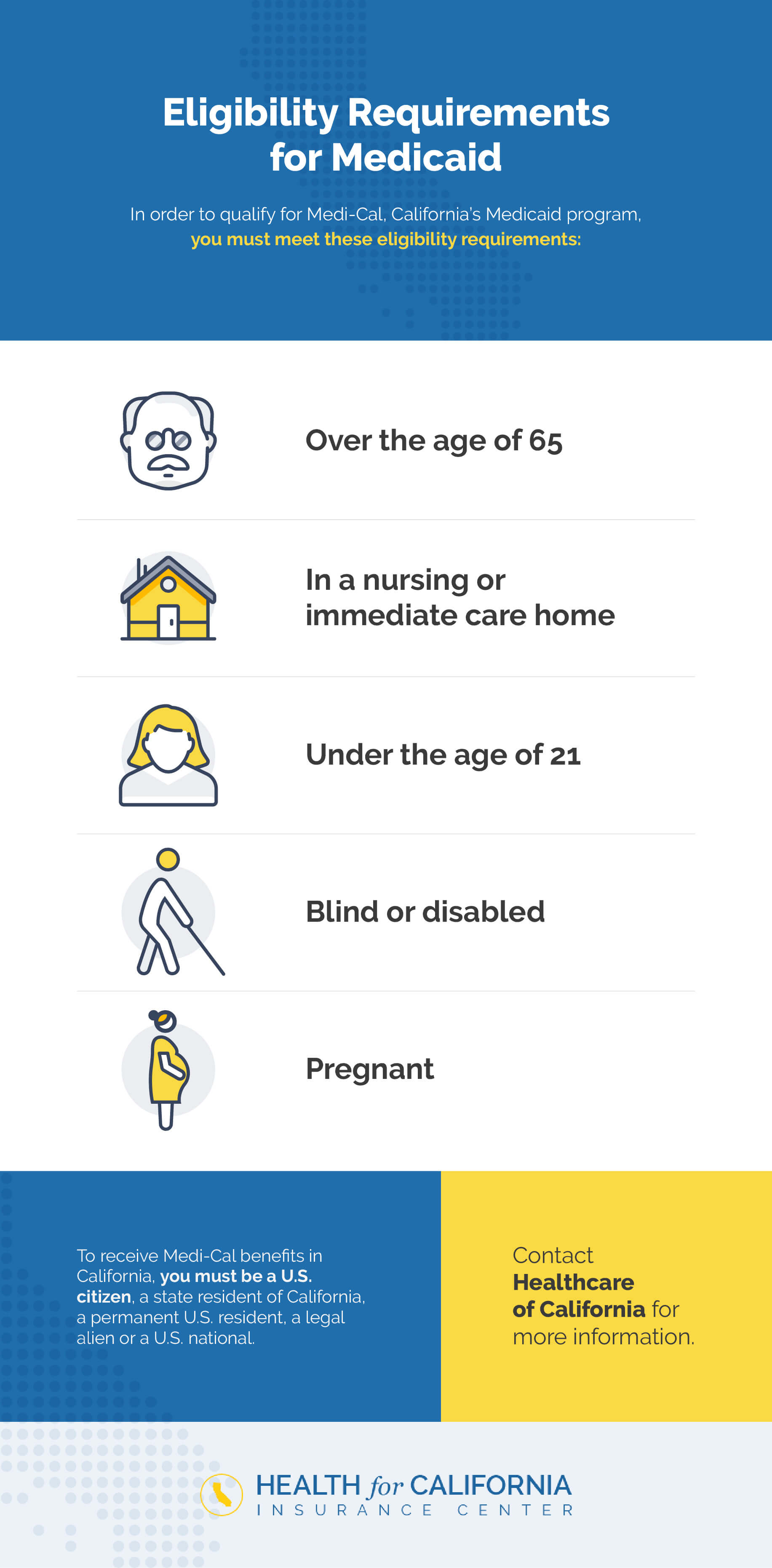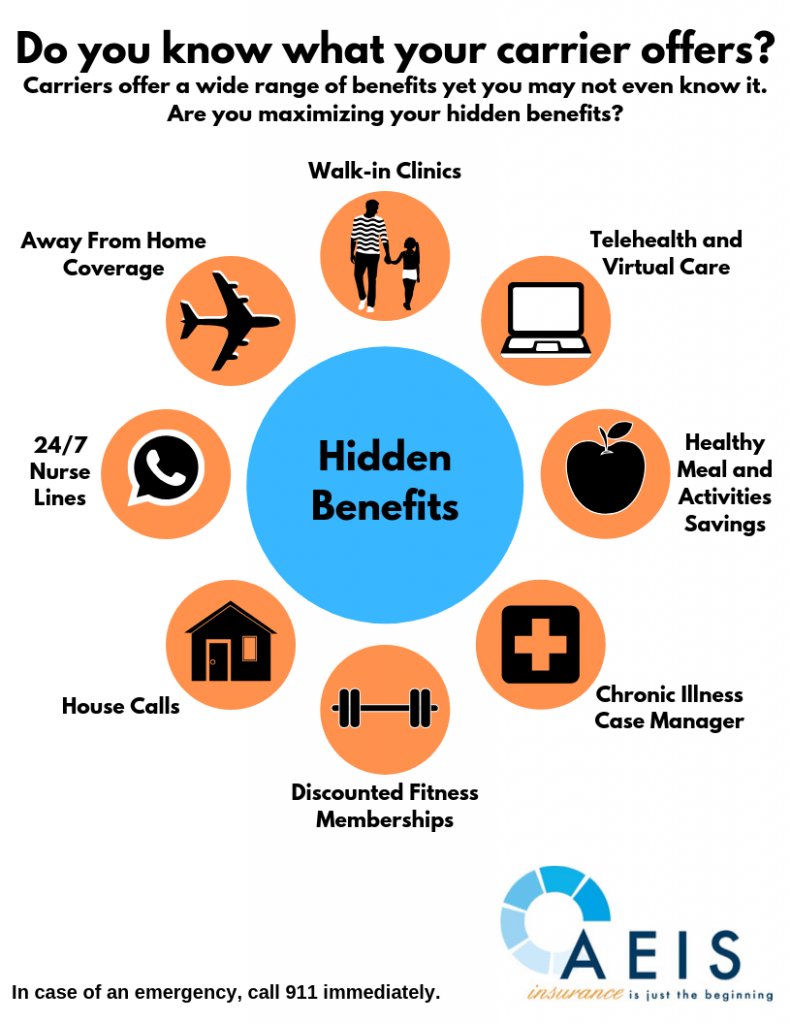Some Of Medicare Advantage Agent
Table of ContentsThe Buzz on Medicare Advantage AgentThe 9-Second Trick For Medicare Advantage AgentHow Medicare Advantage Agent can Save You Time, Stress, and Money.


follows from complies with the puzzling young fairly profile of the uninsured with the better health, on average, standard younger personsMore youthful For those without access to workplace wellness insurance coverage, poor wellness is a potential barrier to buying nongroup coverage due to the fact that such protection may be extremely valued, omit preexisting problems, or be just unavailable. Unless or else noted, nationwide price quotes of people without wellness insurance policy and proportions of the populace with different kinds of coverage are based on the CPS, the most extensively used resource of quotes of insurance protection and uninsurance rates.

Excitement About Medicare Advantage Agent
Over a three-year period starting early in 1993, 72 million individuals, 29 percent of the U.S. population, lacked protection for a minimum of one month. Within a single year(1994), 53 million individuals experienced a minimum of a month without protection(Bennefield, 1998a). 6 out of every 10 without insurance grownups are themselves employed. Although working does improve the possibility that a person and one's household participants will certainly have insurance, it is not an assurance. Even members of households with 2 permanent breadwinner have almost a one-in-ten opportunity of being uninsured (9.1 percent without insurance price)(Hoffman and Pohl, 2000 ). The partnership in between medical insurance and access to care is well established, as documented later in this phase. Although the partnership in between medical insurance and wellness end results is neither direct nor straightforward, a comprehensive medical and health and wellness services study literary works web links health and wellness insurance policy coverage
to enhanced accessibility to care, better quality, and improved individual and populace wellness status. The 2nd report, on individual health and wellness outcomes for uninsured grownups, is represented by the inner circle of the number, while the third record, on family wellness, encompasses the subjects of the 2nd report however highlights a different device of analysis, specifically, the family. The 6th report in the series will certainly offer info regarding methods and initiatives taken on locally, statewide, or country wide to deal with the lack of insurance coverage and its unfavorable effects. Degrees of analysis for analyzing the results of uninsurance. This discussion of wellness insurance policy coverage focuses mostly on the united state population under age 65 since virtually all Americans 65 and older have Medicare or other public insurance coverage.
It focuses particularly on those without any type of health insurance for any type of length of time. The problems encountered by the underinsured remain in some aspects similar to those faced by the without insurance, although they are usually much less serious. Uninsurance and underinsurance, nevertheless, involve definitely linked here various plan problems, and the methods for resolving them may vary. Throughout this research study and the five reports to follow, the major focus gets on persons without wellness insurance coverage and thus no aid in spending for healthcare past what is readily available via charity and safety and security web organizations. Medical insurance is an effective aspect impacting receipt of treatment because both people and doctors respond to the out-of-pocket rate of solutions. Medical insurance, however, is neither required neither sufficient to acquire accessibility to medical services. Nevertheless, the independent and straight effect of health and wellness
insurance coverage on accessibility to wellness services is well developed. Others will certainly get the health care they need even without health insurance policy, by paying for it out of pocket or seeking it from providers who use treatment cost-free or at very subsidized rates. For still others, medical insurance alone does not ensure receipt of treatment because of various other nonfinancial obstacles, such as an absence of healthcare suppliers in their area, limited access to transportation, illiteracy, or linguistic and social distinctions. Official research study about uninsured populations in the United States dates to the late 1920s and early 1930s when the Board on the Cost of find here Healthcare produced a collection of reports about financing physician office check outs and hospital stays. This concern became significant as the varieties of clinically indigent climbed up throughout the Great Clinical depression. Empirical researches consistently sustain the web link between access to care and boosted health outcomes(Bindman et al., 1995; Starfield, 1995 ). Having a regular resource of care can be thought about a forecaster of accessibility, instead than a direct step of it, when health outcomes are themselves made use of as accessibility indications. This extension of the idea of accessibility measurement was made by the IOM Committee on Keeping Track Of Access to Personal Healthcare Provider(Millman, 1993, p. Whether parents are guaranteed appears to affect whether their children obtain care as well as how much careeven if the youngsters themselves have coverage(Hanson, 1998). The health of moms and dads can impact their capability to take care of their children and the degree of household tension. Worrying regarding their children's access to care is itself a resource of stress and anxiety for parents. 3 chapters follow in this report. Phase 2 provides a review of how employment-based health and wellness insurance, public programs and specific insurance coverage operate and connect to offer this page comprehensive yet incomplete insurance coverage of the U.S. population. This consists of an evaluation of historic trends and public laws impacting both public and exclusive insurance coverage, a conversation of the interactions among the various kinds of insurance, and an assessment of why people move from one program to one more or wind up
